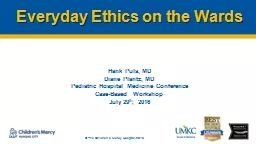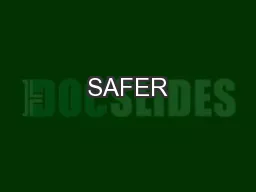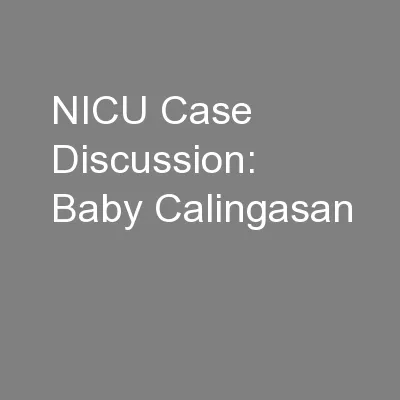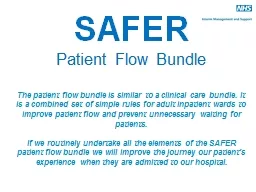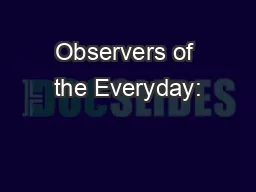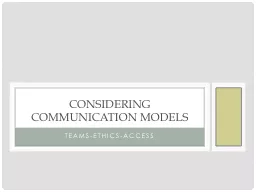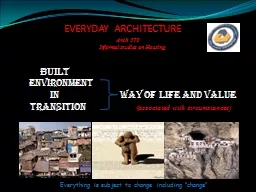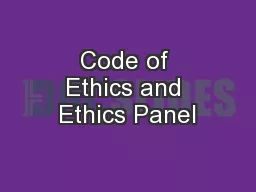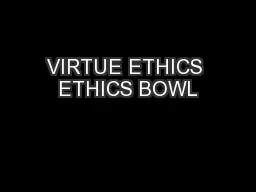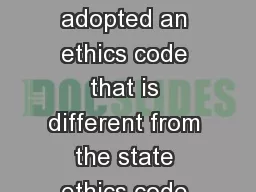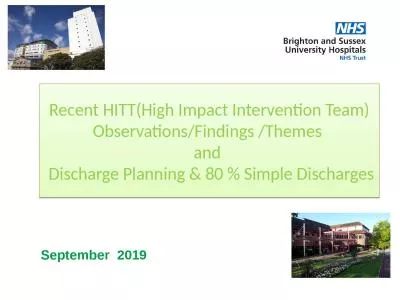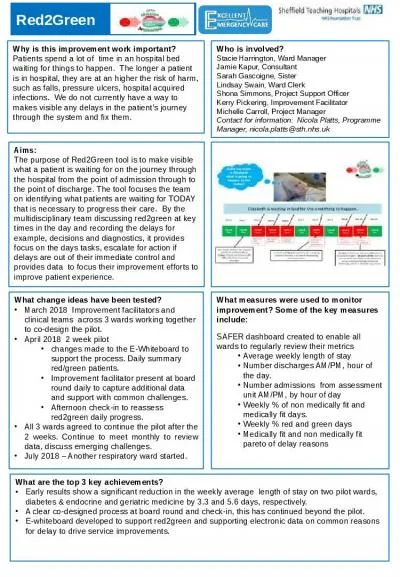PPT-Everyday Ethics on the Wards
Author : marina-yarberry | Published Date : 2017-12-05
Hank Puls MD Diane Plantz MD Pediatric Hospital Medicine Conference CaseBased Workshop July 29 th 2016 Disclosures We have no relevant financial relationships with
Presentation Embed Code
Download Presentation
Download Presentation The PPT/PDF document "Everyday Ethics on the Wards" is the property of its rightful owner. Permission is granted to download and print the materials on this website for personal, non-commercial use only, and to display it on your personal computer provided you do not modify the materials and that you retain all copyright notices contained in the materials. By downloading content from our website, you accept the terms of this agreement.
Everyday Ethics on the Wards: Transcript
Download Rules Of Document
"Everyday Ethics on the Wards"The content belongs to its owner. You may download and print it for personal use, without modification, and keep all copyright notices. By downloading, you agree to these terms.
Related Documents

